All about watering watermelons in a greenhouse
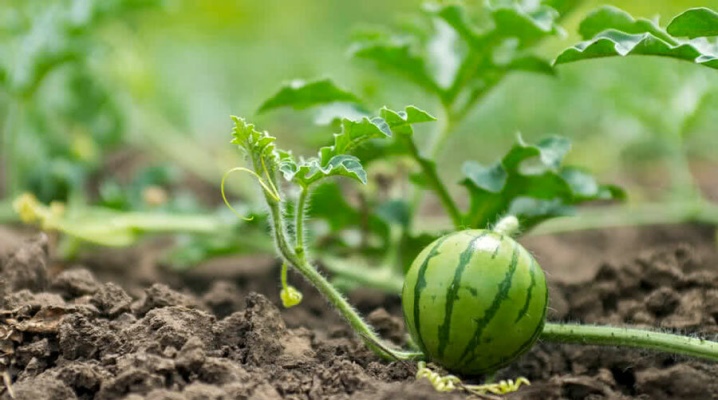
Melons and gourds are grown not only in open ground, but also in greenhouse complexes. To get a good harvest, plants need to provide high-quality watering.
How often should you water?
Insufficient soil moisture negatively affects the growth and productivity of melons. After sowing watermelon seeds, it is important to provide them with sufficient irrigation, otherwise the seedlings will be sparse and will germinate with a delay.
The negative consequences of insufficient irrigation include:
- a small number of ovaries;
- small size of watermelons, sagging and drying of the lashes;
- irregular shape of the fruit, their cracking.
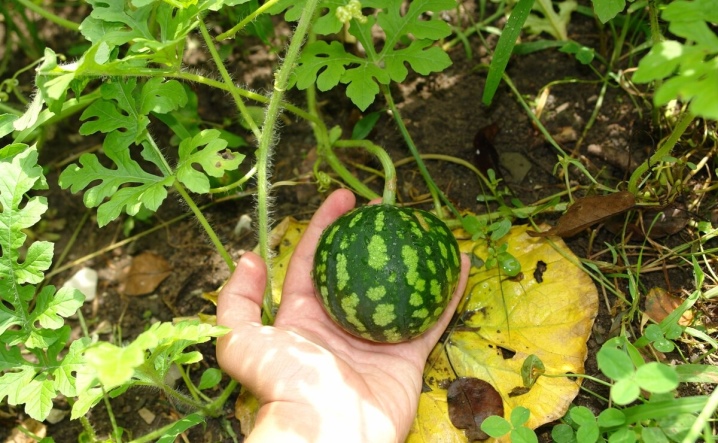
Excessive irrigation can also harm melons.... During the formation of shoots, abundant moisture leads to the appearance of a fungus. When ripe, voids form in the pulp, sugar content decreases, and the palatability of the fruit suffers.
For seedlings of watermelon seeds, a separate container should be used so that later the plants can be transplanted together with an earthen clod. It is best to use peat pots. When transplanting plants into the soil, the cups are simply torn apart. The cultivation of several watermelons in one container should be avoided - this is fraught with damage to the rhizomes during separation. The probability of seedlings engraftment decreases sharply.
Seeds should be planted in moist soil. Melons and gourds are irrigated every day from a small watering can so that the soil is not eroded. The containers must certainly have drainage holes for excess moisture to drain out.
The emergence of seedlings can be expected after a week, maximum 10 days from the date of sowing the seeds. They are irrigated every other day with warm water.
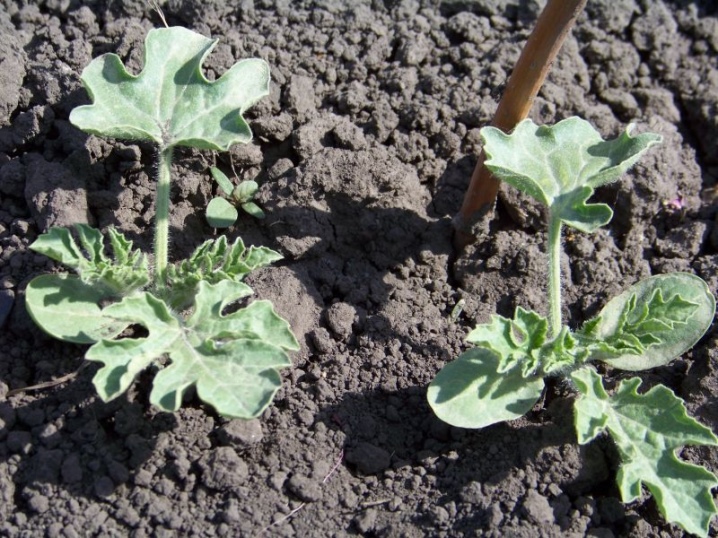
Water temperature and volume
The optimum water temperature for irrigating watermelon seedlings with a developed root system is 20-25 degrees. Bakhcha loves warmth very much. She begins to bear fruit at a temperature of at least 25 degrees in the daytime and 20 at night. The water temperature for irrigation of watermelons in a polycarbonate greenhouse should not be lower than the specified values.
The liquid must be poured into the soil near the bottom of the stem so that the foliage does not get wet. Adjust the amount of water based on the dryness of the ground, it must be thoroughly wetted.
Watering should not be frequent, they are resorted to when the foliage of the melons withers a little. This will minimize the likelihood of waterlogging.
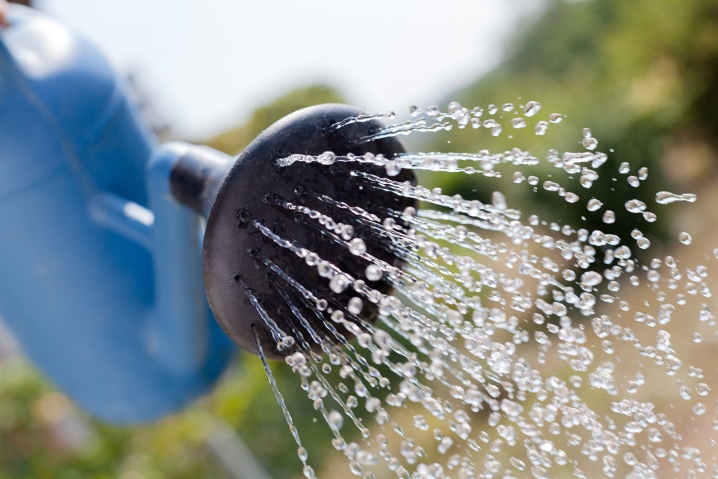
Watering methods
Watermelons need to be watered correctly, only in this case you can count on a solid harvest. Observe the following instructions:
- settle the water before watering;
- irrigate melons with warm liquid;
- Water the ground abundantly during the day next to each plant;
- make sure that moisture does not get on the foliage and stems of watermelons - this is fraught with decay of the vegetative organs of the plant;
- when the first flowers appear, reduce the frequency of watering;
- irrigation is performed after feeding, otherwise the watermelons will become watery and begin to crack.
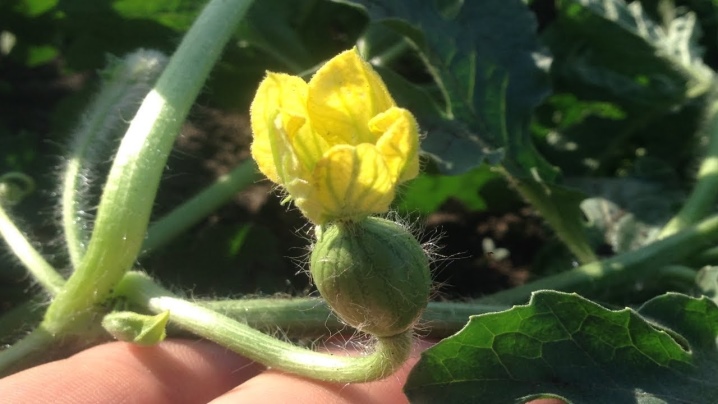
The most effective way of watering is drip. The advantages of this technique include:
- efficient use of liquid;
- lack of contact of water with foliage;
- irrigation dosage;
- simplified top dressing;
- no likelihood of damage to stems and foliage;
- uniform irrigation;
- elimination of ground blur;
- saving time and effort for summer residents.
Farmers purchase special drip irrigation systems, which include a pump and other devices. You can design such a system on your own.A tap is connected to the water supply line, a distribution system consisting of plastic pipes is installed, and a tape from droppers is connected to them. Instead of droppers, you can use rubber hoses with holes, the liquid will flow to each of the plants. Drip irrigation technique makes it possible to automate irrigation.
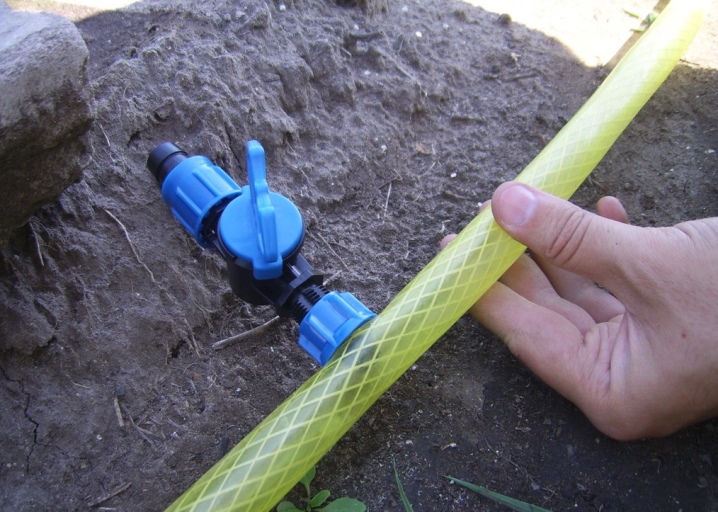
If the water supply is irregular, when creating a drip irrigation system, a spacious container is used, for example, a plastic barrel. It is filled as needed. The advantages of such a container include the fact that the liquid in it warms up after a while. Warm water is used for sprinkling. Drip irrigation systems are durable to use as they are completely made of plastic.
Irrigation methods for melons in greenhouse complexes and in the open field are almost the same. Just "outside" additional watering sometimes provides rain.
Watermelons growing in a greenhouse can be watered with buckets by hand. Water is supplied to each well. Correct and timely watering of melons and gourds will be the key to a good harvest.
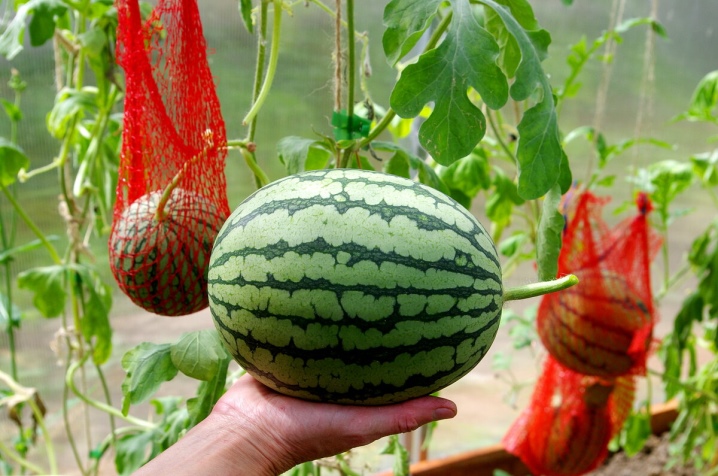
You can familiarize yourself with the secrets of growing watermelons in the next video.













The comment was sent successfully.